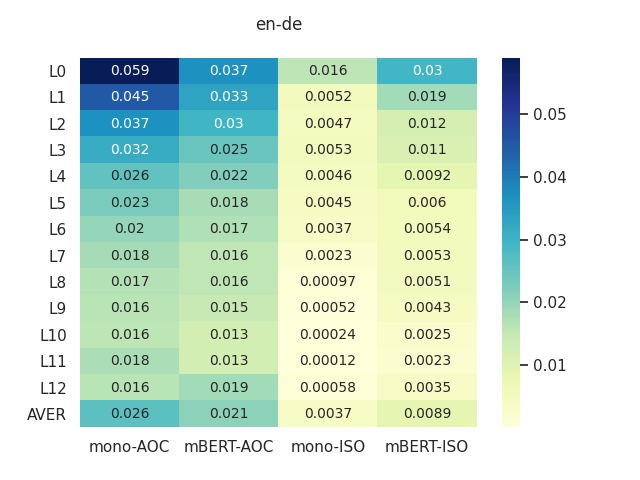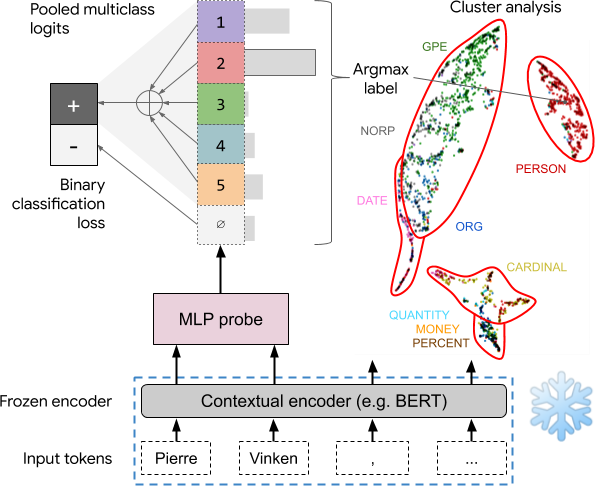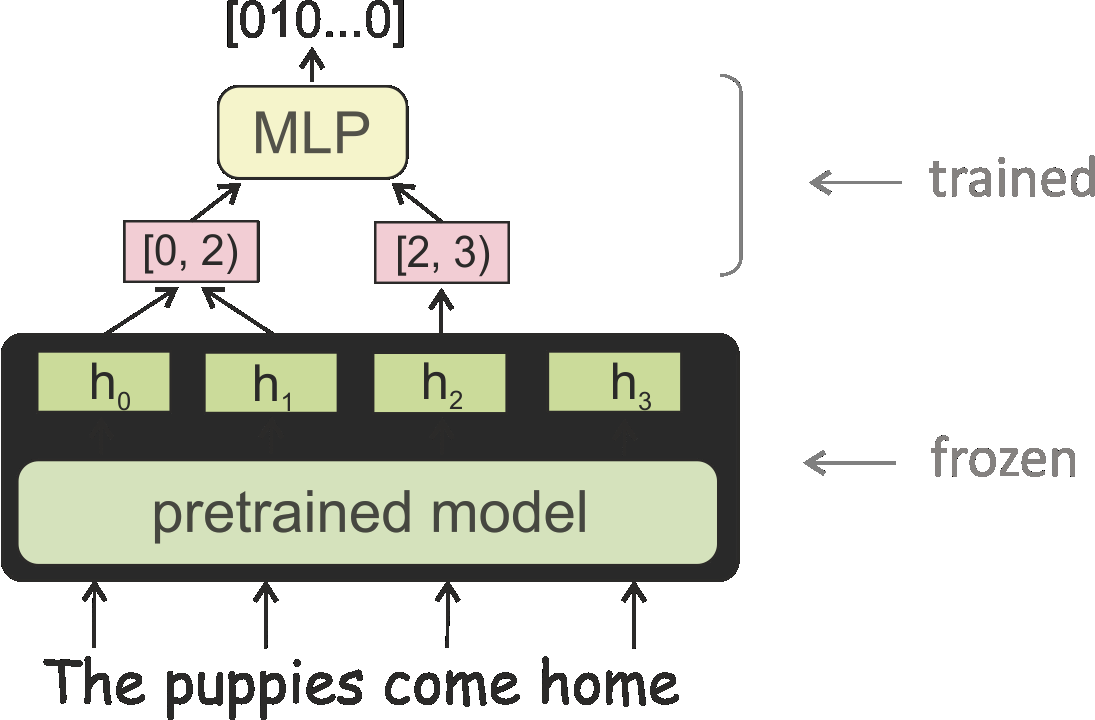Intrinsic Probing through Dimension Selection
Lucas Torroba Hennigen, Adina Williams, Ryan Cotterell
Interpretability and Analysis of Models for NLP Long Paper

You can open the pre-recorded video in a separate window.
Abstract:
Most modern NLP systems make use of pre-trained contextual representations that attain astonishingly high performance on a variety of tasks. Such high performance should not be possible unless some form of linguistic structure inheres in these representations, and a wealth of research has sprung up on probing for it. In this paper, we draw a distinction between intrinsic probing, which examines how linguistic information is structured within a representation, and the extrinsic probing popular in prior work, which only argues for the presence of such information by showing that it can be successfully extracted. To enable intrinsic probing, we propose a novel framework based on a decomposable multivariate Gaussian probe that allows us to determine whether the linguistic information in word embeddings is dispersed or focal. We then probe fastText and BERT for various morphosyntactic attributes across 36 languages. We find that most attributes are reliably encoded by only a few neurons, with fastText concentrating its linguistic structure more than BERT.
NOTE: Video may display a random order of authors.
Correct author list is at the top of this page.
Connected Papers in EMNLP2020
Similar Papers
Probing Pretrained Language Models for Lexical Semantics
Ivan Vulić, Edoardo Maria Ponti, Robert Litschko, Goran Glavaš, Anna Korhonen,

Asking without Telling: Exploring Latent Ontologies in Contextual Representations
Julian Michael, Jan A. Botha, Ian Tenney,

Syntactic Structure Distillation Pretraining for Bidirectional Encoders
Adhiguna Kuncoro, Lingpeng Kong, Daniel Fried, Dani Yogatama, Laura Rimell, Chris Dyer, Phil Blunsom,

